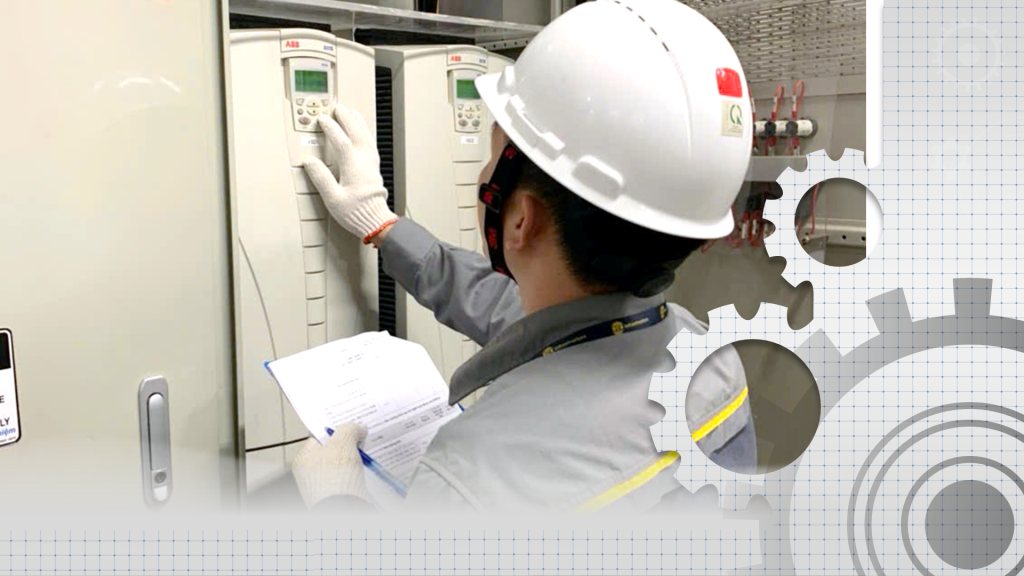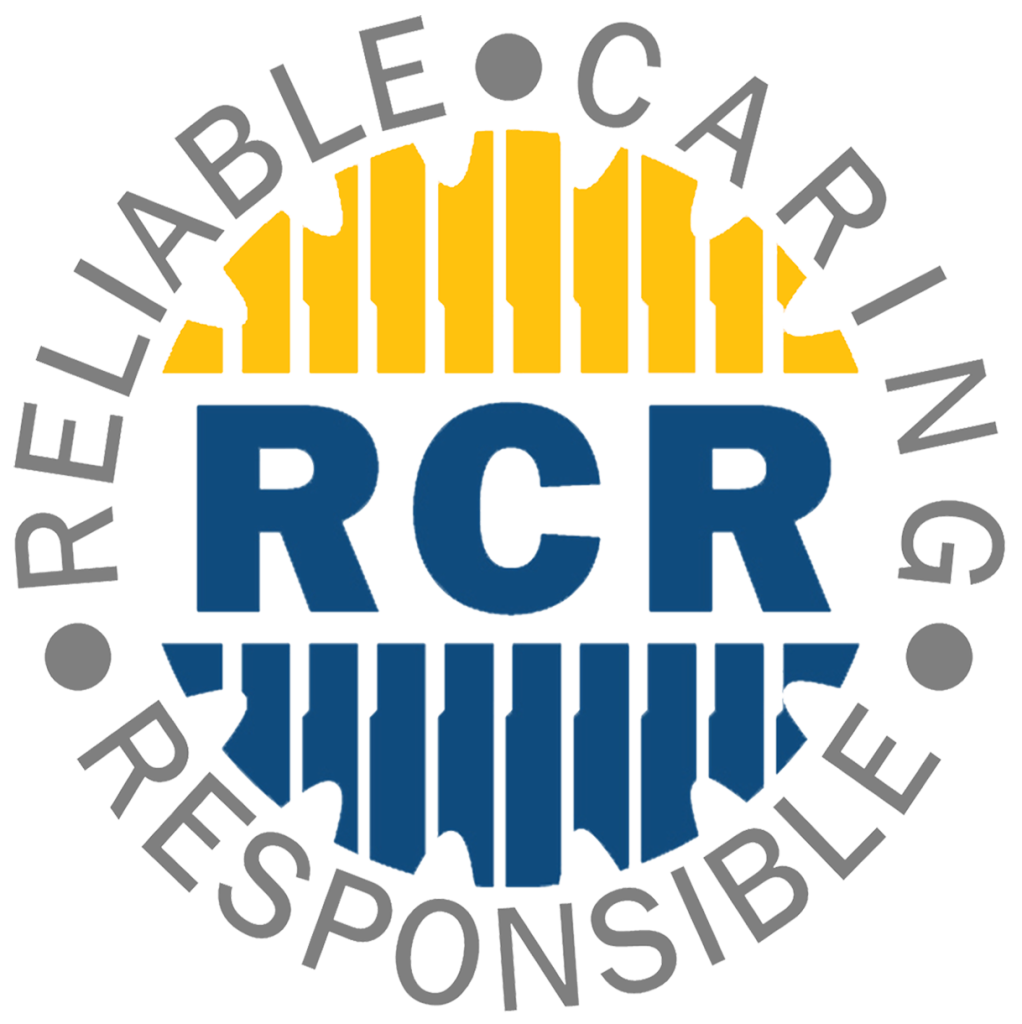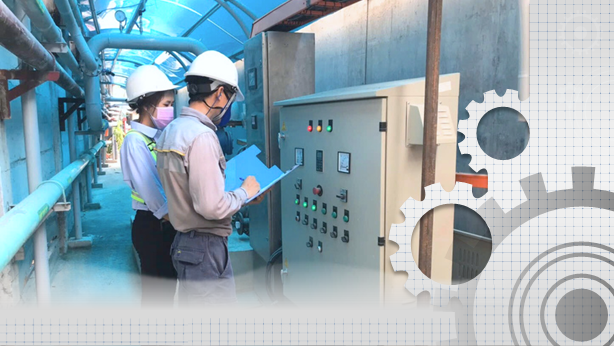Imagine a maintenance technician entering a facility for the first time. The HVAC system requires urgent servicing, but with outdated notes and no clear manual, valuable time is lost and mistakes become more likely. This situation is common in many buildings and shows why O&M manual optimization is essential.
An optimized Operations and Maintenance (O&M) manual provides clear and easy-to-access instructions for operating, maintaining, and troubleshooting building systems. It includes procedures, equipment information, safety guidelines, and maintenance schedules. All content is organized to support real work on site.
By focusing on O&M manual optimization, facility teams can reduce downtime, avoid errors, and ensure consistency across different locations and team members. This leads to smoother operations and longer equipment life.

Key Takeaways
-
- What is O&M Manual Optimization?
- How does O&M Manual Optimization improve efficiency?
- How to extend asset life with Optimized O&M Manuals?
- Critical mistakes in O&M Manuals you should avoid
What is O&M Manual Optimization?
O&M manual optimization is the process of improving operations and maintenance documentation so that it is complete, accurate, easy to use, and adapted to the actual conditions of a facility. Instead of being outdated or hard to navigate, an optimized O&M manual supports daily operations and long-term planning.
A well-optimized O&M manual is:
- Regularly updated with new procedures, system upgrades, or regulation changes.
- Digitally accessible through searchable files, cloud storage, or mobile apps.
- Clear and user-friendly, written for both technical and non-technical staff.
- Standardized across systems and locations to maintain consistency.
When properly developed and maintained, the manual becomes more than just a handover document. It becomes a valuable resource used by technicians, engineers, and management for efficient, safe, and consistent facility operations.
How does O&M Manual Optimization improve efficiency?
1. Faster troubleshooting and repairs
Optimized O&M manuals provide clearly structured information such as wiring diagrams, system layouts, troubleshooting steps, and SOPs. When a failure occurs, technicians can quickly access relevant information and resolve issues without delay.
✅ Result: Reduced downtime, quicker turnaround, and less reliance on senior staff memory.
2. Better knowledge transfer
With clear instructions and equipment histories, new technicians can onboard faster. Optimized manuals reduce dependence on informal training and ensure consistency in maintenance practices.
✅ Result: More confident staff, fewer errors, and consistent service quality across shifts.
3. Proper preventive maintenance
O&M manual optimization includes aligning documentation with preventive maintenance (PM) schedules and checklists. By embedding PM guidelines and inspection protocols directly into the manual, tasks become more structured and easier to execute.
✅ Result: Fewer reactive repairs and better scheduling of PM routines.
4. Quicker audit and compliance checks
For facilities under ISO, EHS, or other regulatory frameworks, optimized manuals make it easier to demonstrate compliance. Having digital or indexed records ready for inspection builds confidence and reduces audit preparation time.
✅ Result: Improved regulatory readiness and reduced risk of penalties.
How to extend asset life with Optimized O&M Manuals?
Optimized O&M manuals play a critical role in maximizing the lifespan of building systems and equipment. By providing accurate, structured, and easy-to-follow documentation, these manuals help ensure that assets are operated and maintained according to best practices from the beginning.
1. Proper installation and commissioning
An optimized manual includes precise installation procedures and site-specific requirements, helping technicians set up systems correctly. This reduces the risk of early failures caused by incorrect setup and ensures warranty conditions are met.
Example: If a technician installs an electrical panel without proper torque settings or wiring sequence, it can lead to loose connections and overheating. A well-prepared O&M manual provides step-by-step instructions to guide correct installation and prevent future failures.
2. Consistent operation and maintenance
Clear, standardized instructions for operating and maintaining each asset reduce the chances of misuse, neglect, or over-servicing. This consistency helps prevent unnecessary wear and extends the useful life of the equipment.
Example: A generator that misses regular oil checks or battery tests is more likely to fail during a power outage. With an optimized manual, technicians know exactly what to inspect and when, ensuring the system stays ready and protected.
3. Preventive maintenance scheduling
Well-structured manuals are aligned with preventive maintenance plans, outlining when and how to service equipment based on usage, manufacturer guidelines, and facility conditions. This keeps assets in peak condition and avoids costly breakdowns.
Example: Fire protection systems need regular valve testing and sensor calibration to stay operational. A structured manual tells technicians what to check, how often to do it, and what to record, reducing the risk of system failure during emergencies.
4. Tracking repairs and modifications
Optimized manuals often include update logs or references to maintenance history, helping teams track performance issues and decide when to replace aging parts.
Example: In emergency lighting systems, battery failure is often caused by inconsistent replacements. A manual that logs last replacement dates and test results helps ensure battery life is tracked and backup lighting remains reliable.
5. Energy and performance optimization
By including guidance on optimal operating settings, system calibration, and energy-efficient practices, the manual supports both sustainability and system longevity, preventing performance issues that shorten equipment life.
Example: For HVAC systems, guidance on adjusting setpoints during low occupancy and using night-mode scheduling helps reduce compressor cycling and energy use, extending the life of key components.
Critical mistakes in O&M Manuals you should avoid
Even facilities with existing manuals often face hidden problems that limit effectiveness. Here are the most common mistakes we encounter and how to fix them through O&M manual optimization:
1. Outdated information
Many manuals are written once during handover and never updated. Changes in systems, procedures, or codes can render old manuals misleading.
🚫 Fix: Implement version control and periodic reviews every 6–12 months.
2. Overly technical language
If manuals are written only for engineers, frontline technicians may struggle to understand them, especially if English isn’t their first language.
🚫 Fix: Use plain language, bilingual formats, diagrams, and visual instructions.
3. Lack of structure and searchability
Manuals without proper indexing or digital formats make it hard to find the needed information, especially under pressure.
🚫 Fix: Use searchable PDFs, cloud storage, and linked table of contents.
4. No link to maintenance schedules
When manuals don’t align with real PM programs or CMMS systems, they become disconnected from day-to-day operations.
Fix: Sync manuals with maintenance calendars, checklists, and asset logs.
5. Missing safety and emergency procedures
Some manuals focus heavily on equipment but omit critical safety, emergency shutdown, or first-aid procedures.
🚫 Fix: Include safety references, evacuation maps, and contact protocols.
O&M manual optimization is a powerful strategy for any facility looking to improve operational performance, reduce downtime, and extend the life of its assets. In today’s facilities, outdated or poorly structured manuals aren’t just inconvenient, they’re costly.
By asking the right questions and avoiding common mistakes, facilities teams can turn static documents into dynamic tools that support technicians, guide decision-making, and ensure compliance. Whether on paper or in the cloud, a well-optimized O&M manual is a long-term investment in safer, smarter, and more sustainable operations.





